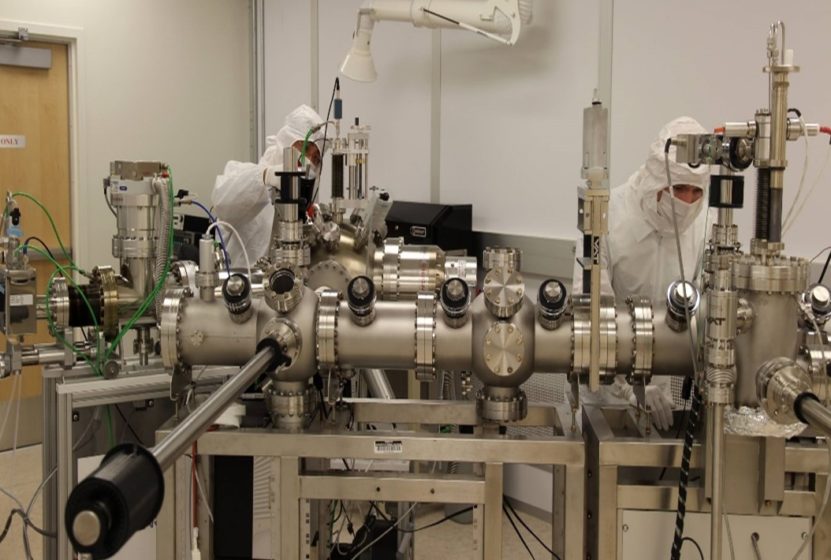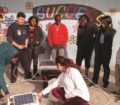Nanoparticle Synthesis – Nano Deposition System at the University of Nevada, Las Vegas –Biswajit Das and Sanjana Das Photo
Using Nanotechnology, Not Water, to Clean Solar Panels
By Jane Palmer, December, 2017
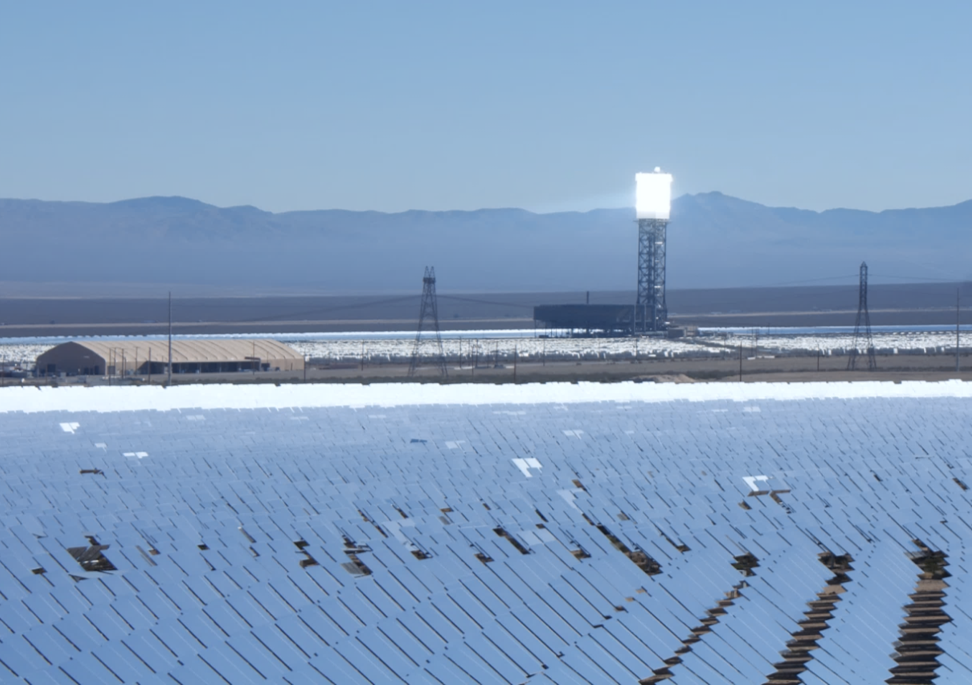
Ivanpah Solar Electric Generating System – a concentrated plant in Mohave Desert
–Biswajit Das and Sanjana Das Photo
A Microscopic, and Dry, Solution
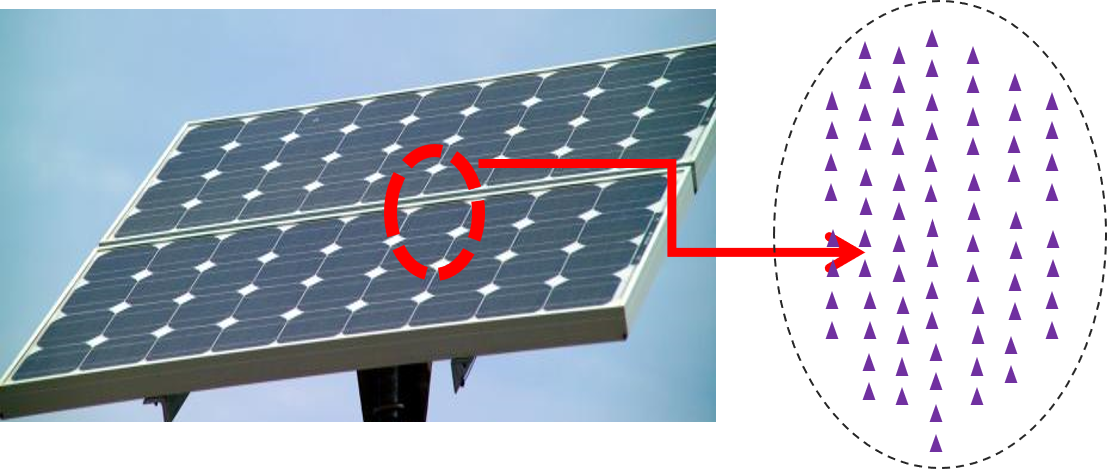
Transparent nanoparticle arrays on solar panels for dust particle reduction and removal.
–Biswajit Das and Sanjana Das Photo
Fine Tuning The Process
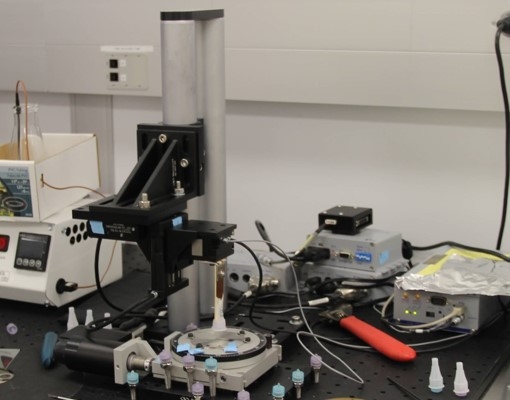
Equipment for electrical manipulation of charged nanoparticles.
–Biswajit Das and Sanjana Das Photo
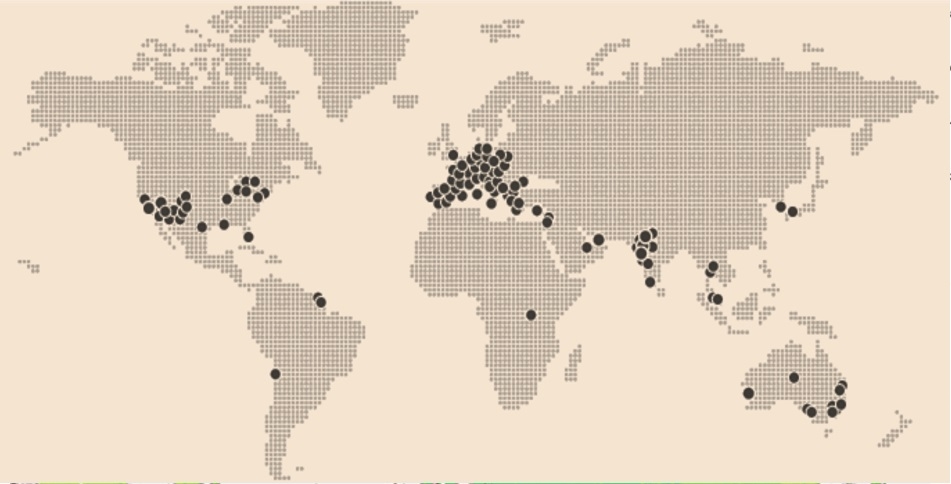
First Solar projects around the world.
–Biswajit Das and Sanjana Das Photo
Moving Toward a Nanotechnology Revolution in the Solar Industry
_______________________________________
In 2000, the National Nanotechnology Initiative (NNI) formed, a U.S. Government research and development initiative, whose mission is to progress the ability to understand and control matter at a nanoscale to the ultimate benefit of society.
A key focus of this initiative is developing nanotechnology to collect and convert solar energy and contribute to providing more sustainable, and cleaner, energy sources. The NNI recognizes that solar technology needs to become more economically competitive with fossil fuel technologies and believes that nanotechnology could be a means by which this could be achieved. The work of NEXUS scientist Dr. Biswajit Das from the University of Nevada Las Vegas (UNLV) directly addresses this challenge.
“For nanotechnology to become an economically viable solution in solar energy, scientists need to work on low cost nano-based methods of increasing the efficiency of energy conversion and storage,” says Dr. Gayle Dana, NEXUS Project Director. “Our NEXUS researchers are working at the very cutting edge of this field.”

NEXUS Notes is a monthly publication of the Solar Nexus Project, which is a five-year research project funded by the National Science Foundation’s Established Program to Stimulate Competitive Research “EPSCoR” (Cooperative Agreement #IIA-1301726) focusing on the nexus of (or linkage between) solar energy generation and Nevada’s limited water resources and fragile environment.
Any opinions, findings, and conclusions or recommendations expressed in this material are those of the author(s) and do not necessarily reflect the views of the National Science Foundation.
_______________________________________
If you would like to know more about the NEXUS project, please contact, Dr. Gayle Dana Gayle.Dana@dri.edu 530-414-3170
_______________________________________



